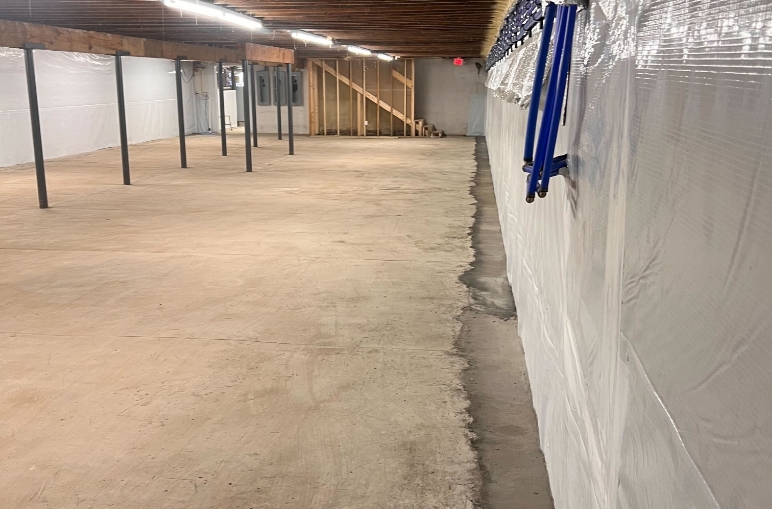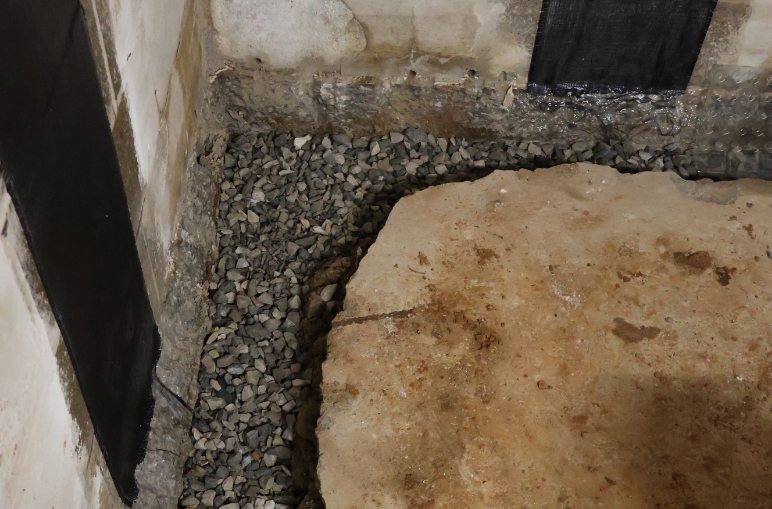The Ultimate Guide to Basement Waterproofing Systems: Protect Your Home with Confidence
When it comes to homeownership, few problems are as frustrating—or potentially damaging—as a wet basement. From mold growth and structural damage to ruined belongings and an unusable living space, basement water issues can cause costly headaches.
In regions like Southern Kentucky and Middle Tennessee, the unique mix of heavy rainfall, fluctuating water tables, and clay-heavy soil make basement waterproofing systems not just beneficial but essential. But with so many waterproofing options available—each promising to be the best solution—how do you choose the right one for your home?
In this comprehensive guide, Foundation Solutions Group will walk you through the various basement waterproofing methods, explain their advantages and disadvantages, and help you understand why choosing an independent, local foundation repair expert is the smartest decision you can make.
Understanding the Source of Basement Water Problems
Before exploring waterproofing solutions, it’s important to understand why basements get wet. Common causes include:
- Hydrostatic Pressure: Groundwater builds up around your foundation, causing water to seep through cracks.
- Poor Drainage Systems: Faulty or outdated exterior drainage systems fail to redirect water away.
- Foundation Cracks: Small cracks in basement walls or floors provide an entry point for water.
- Improper Slope Grading: Water flows toward your foundation instead of away from it.
- Failed Waterproofing Systems: Previous solutions may have failed or reached the end of their lifespan.
Each of these problems may require a specific type of waterproofing system. Let’s explore them in detail.
Exterior Basement Waterproofing Systems
Exterior waterproofing systems focus on preventing water from reaching your basement walls in the first place. While these methods can be effective, they are typically invasive, labor-intensive, and expensive.
Dry Wells
A dry well is an underground structure designed to collect and redirect groundwater away from your home. Water is channeled into the dry well, where it slowly drains into the surrounding soil.
- Pros: Reduces hydrostatic pressure, effective in controlling water table levels.
- Cons: Expensive installation, requires heavy excavation, not suitable for every property.
Footer Drains
Footer drains are pipes installed along the perimeter of your foundation to capture water and direct it away.
- Pros: Prevents water buildup around foundation walls.
- Cons: Requires excavation around the foundation, disruptive to landscaping, prone to clogging and failure over time.
Tar-Based Sealers & Drainage Matting
This method involves applying a tar-based waterproof coating on the foundation walls, often paired with drainage matting.
- Pros: Creates a strong water barrier.
- Cons: Incredibly invasive and costly, may require removing patios, porches, or landscaping.
Bottom Line: Exterior systems are often effective but are best suited for new construction or homes with severe exterior drainage problems.
Interior Basement Waterproofing Systems
Interior waterproofing systems focus on managing water once it enters the basement. They are typically less invasive and more affordable than exterior solutions.
DryLoc® Coatings
DryLoc® is a waterproofing paint designed to seal basement walls.
- Pros: Affordable, DIY-friendly, quick to apply.
- Cons: Temporary solution, prone to mold and mildew growth, ineffective against significant water intrusion.
Above-the-Footer Drains
This system involves installing a drainage channel along the inside perimeter of your basement floor. Water is collected from three sources:
- Down the walls
- At the footer joint
- Up from beneath the slab
The water is then discharged via a sump pump.
- Pros: Reliable, effective for most basement water issues, less invasive than exterior methods.
- Cons: Requires professional installation, relies on sump pump performance.
Baseboard Systems
Baseboard systems rely on a glued or caulked baseboard channel that directs water into a sump pump.
- Pros: Minimal disruption during installation.
- Cons: High maintenance, prone to caulk failure, not effective for significant water problems.
Two-Stage Waterproofing Systems
This advanced system combines a baseboard system with an under-slab drainage system.
- Pros: Effective in challenging water intrusion scenarios.
- Cons: Labor-intensive, costly, requires professional expertise.
Bottom Line: Interior waterproofing is often the preferred solution for existing homes due to lower costs and less disruption.
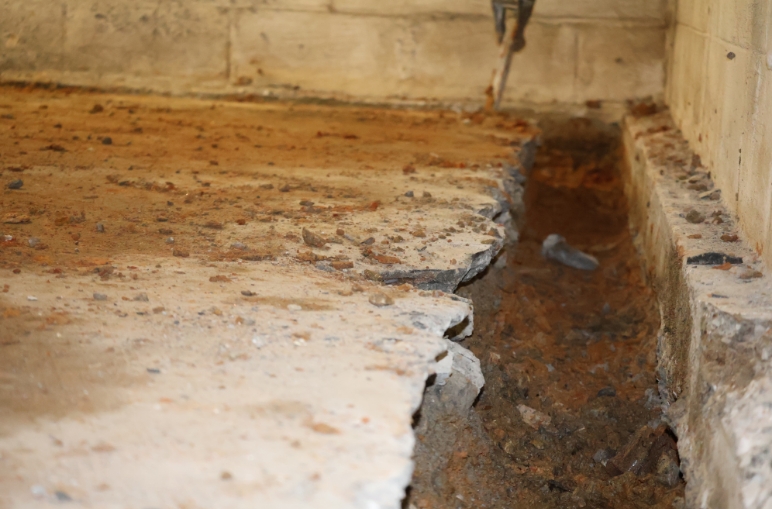
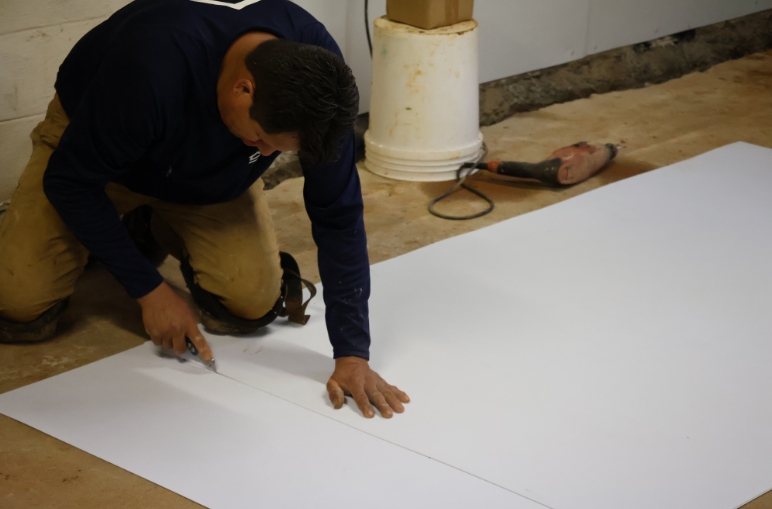
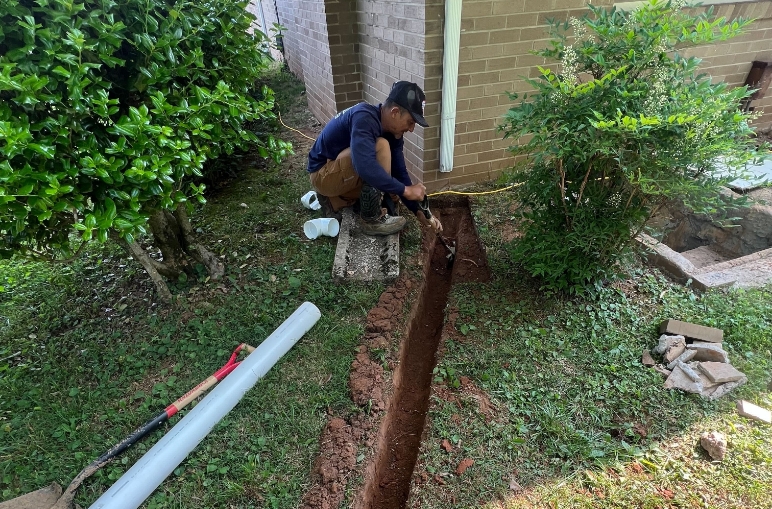
Hybrid Waterproofing Systems: The Best of Both Worlds
In many cases, a hybrid approach—combining both exterior and interior waterproofing techniques—provides the most comprehensive protection.
For example:
- An exterior dry well paired with an above-the-footer interior drain system ensures both prevention and management of water intrusion.
Hybrid systems are highly customized based on the unique water dynamics of your home.
Why One-Size-Fits-All Doesn’t Work
Many waterproofing companies push specific systems because they are:
- Many waterproofing companies push specific systems because they are:
But basement waterproofing isn’t one-size-fits-all. The best solution depends on:
- The severity of your water issue
- Your home’s foundation type
- The soil composition around your home
- Your budget
This is why choosing a local, independent foundation repair expert—like Foundation Solutions Group—is crucial.
Why Choose Foundation Solutions Group?
When you work with Foundation Solutions Group, you’re choosing:
- Local Expertise: Deep understanding of Southern Kentucky and Middle Tennessee homes.
- Customized Solutions: Tailored plans for your specific basement issues.
- Transparent Pricing: No pushy sales tactics or unnecessary solutions.
- Free Inspections: Honest assessments with no obligations.
Don’t let a wet basement threaten your home’s value, safety, or comfort. At Foundation Solutions Group, we’re committed to finding the right waterproofing solution for YOU—not just the most expensive or easiest option.
Protect your home with expert basement waterproofing solutions from the trusted team at Foundation Solutions Group.
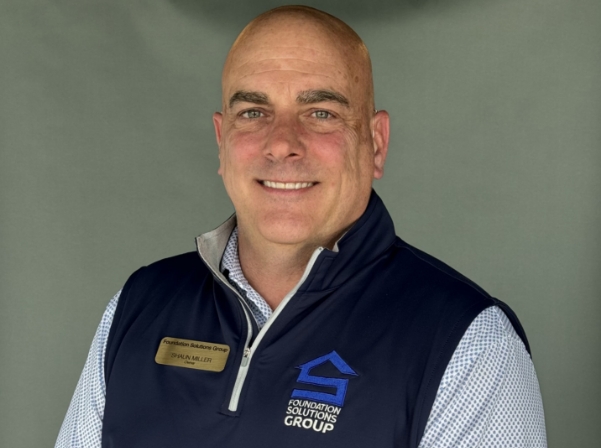
Written By Shaun Miller, Owner Foundation Solutions Group
Shaun Miller is the owner of Foundation Solutions Group, a trusted foundation repair and waterproofing company serving South Central Kentucky and Middle Tennessee. With over 20 years of experience, Shaun is committed to delivering quality craftsmanship and ensuring that every project is done right the first time, backed by the company’s “Fix-It-Forever Guarantee.” Passionate about educating homeowners, Shaun leads the company’s "Solutions University" initiative to help clients protect their homes through knowledge and preventative care. Dedicated to his community, Shaun also supports local organizations and values the trust his customers place in him.

